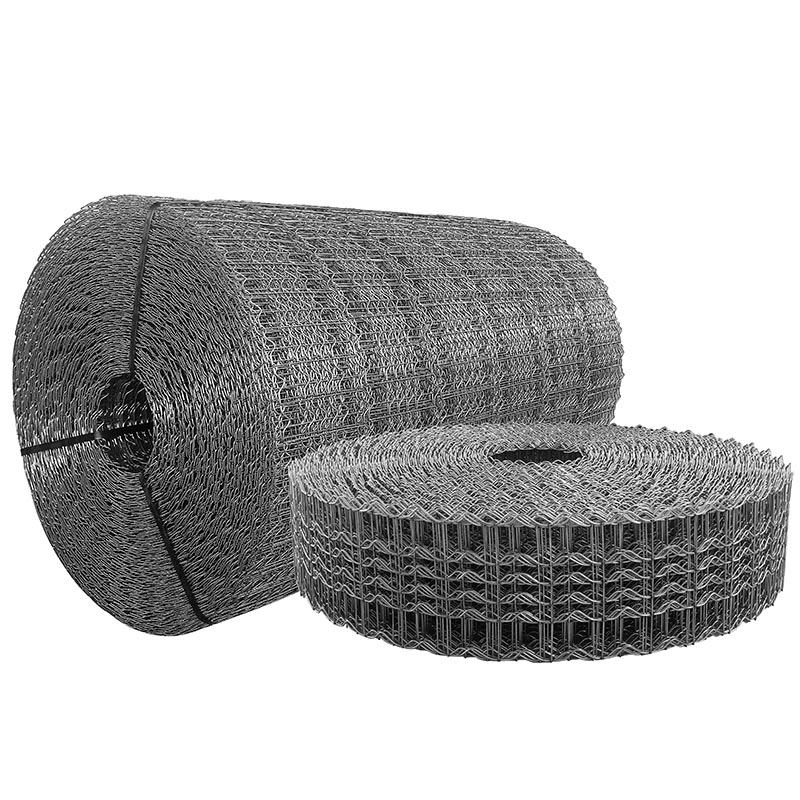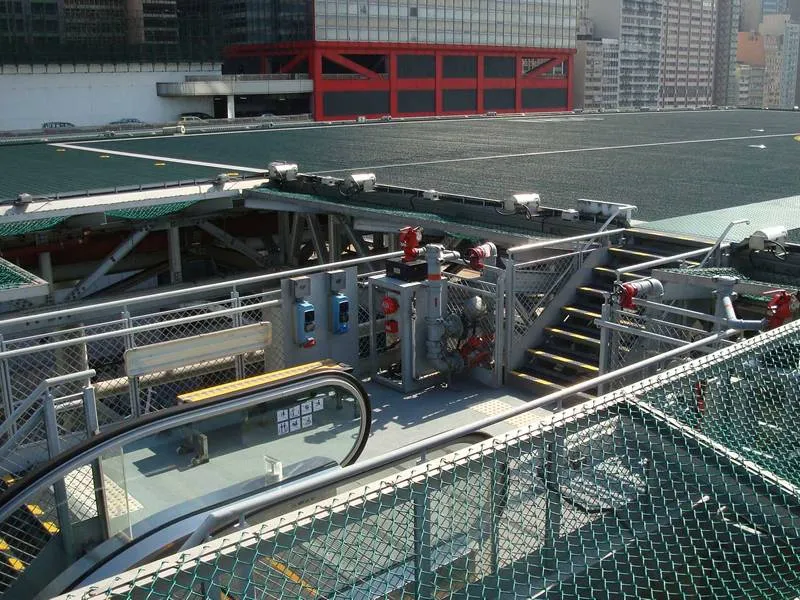- Industrial zone, South of Anping Town, Hengshui, Hebei, China.
- sales@hfpetromesh.com
- +86-18931809706
 Afrikaans
Afrikaans  Albanian
Albanian  Amharic
Amharic  Arabic
Arabic  Armenian
Armenian  Azerbaijani
Azerbaijani  Basque
Basque  Belarusian
Belarusian  Bengali
Bengali  Bosnian
Bosnian  Bulgarian
Bulgarian  Catalan
Catalan  Cebuano
Cebuano  Corsican
Corsican  Croatian
Croatian  Czech
Czech  Danish
Danish  Dutch
Dutch  English
English  Esperanto
Esperanto  Estonian
Estonian  Finnish
Finnish  French
French  Frisian
Frisian  Galician
Galician  Georgian
Georgian  German
German  Greek
Greek  Gujarati
Gujarati  Haitian Creole
Haitian Creole  hausa
hausa  hawaiian
hawaiian  Hebrew
Hebrew  Hindi
Hindi  Miao
Miao  Hungarian
Hungarian  Icelandic
Icelandic  igbo
igbo  Indonesian
Indonesian  irish
irish  Italian
Italian  Japanese
Japanese  Javanese
Javanese  Kannada
Kannada  kazakh
kazakh  Khmer
Khmer  Rwandese
Rwandese  Korean
Korean  Kurdish
Kurdish  Kyrgyz
Kyrgyz  Lao
Lao  Latin
Latin  Latvian
Latvian  Lithuanian
Lithuanian  Luxembourgish
Luxembourgish  Macedonian
Macedonian  Malgashi
Malgashi  Malay
Malay  Malayalam
Malayalam  Maltese
Maltese  Maori
Maori  Marathi
Marathi  Mongolian
Mongolian  Myanmar
Myanmar  Nepali
Nepali  Norwegian
Norwegian  Norwegian
Norwegian  Occitan
Occitan  Pashto
Pashto  Persian
Persian  Polish
Polish  Portuguese
Portuguese  Punjabi
Punjabi  Romanian
Romanian  Russian
Russian  Samoan
Samoan  Scottish Gaelic
Scottish Gaelic  Serbian
Serbian  Sesotho
Sesotho  Shona
Shona  Sindhi
Sindhi  Sinhala
Sinhala  Slovak
Slovak  Slovenian
Slovenian  Somali
Somali  Spanish
Spanish  Sundanese
Sundanese  Swahili
Swahili  Swedish
Swedish  Tagalog
Tagalog  Tajik
Tajik  Tamil
Tamil  Tatar
Tatar  Telugu
Telugu  Thai
Thai  Turkish
Turkish  Turkmen
Turkmen  Ukrainian
Ukrainian  Urdu
Urdu  Uighur
Uighur  Uzbek
Uzbek  Vietnamese
Vietnamese  Welsh
Welsh  Bantu
Bantu  Yiddish
Yiddish  Yoruba
Yoruba  Zulu
Zulu
- Afrikaans
- Albanian
- Amharic
- Arabic
- Armenian
- Azerbaijani
- Basque
- Belarusian
- Bengali
- Bosnian
- Bulgarian
- Catalan
- Cebuano
- Corsican
- Croatian
- Czech
- Danish
- Dutch
- English
- Esperanto
- Estonian
- Finnish
- French
- Frisian
- Galician
- Georgian
- German
- Greek
- Gujarati
- Haitian Creole
- hausa
- hawaiian
- Hebrew
- Hindi
- Miao
- Hungarian
- Icelandic
- igbo
- Indonesian
- irish
- Italian
- Japanese
- Javanese
- Kannada
- kazakh
- Khmer
- Rwandese
- Korean
- Kurdish
- Kyrgyz
- Lao
- Latin
- Latvian
- Lithuanian
- Luxembourgish
- Macedonian
- Malgashi
- Malay
- Malayalam
- Maltese
- Maori
- Marathi
- Mongolian
- Myanmar
- Nepali
- Norwegian
- Norwegian
- Occitan
- Pashto
- Persian
- Polish
- Portuguese
- Punjabi
- Romanian
- Russian
- Samoan
- Scottish Gaelic
- Serbian
- Sesotho
- Shona
- Sindhi
- Sinhala
- Slovak
- Slovenian
- Somali
- Spanish
- Sundanese
- Swahili
- Swedish
- Tagalog
- Tajik
- Tamil
- Tatar
- Telugu
- Thai
- Turkish
- Turkmen
- Ukrainian
- Urdu
- Uighur
- Uzbek
- Vietnamese
- Welsh
- Bantu
- Yiddish
- Yoruba
- Zulu
កុម្ភៈ . 04, 2025 01:07
Back to list
helideck perimeter net
Helideck perimeter nets play a crucial role in the safety and functionality of offshore helipads, particularly on oil rigs, ships, and other marine vessels. These structures are not just safety nets but an essential component designed to enhance operational efficiency, ensure the safety of crew and passengers, and align with global aviation safety standards.
In terms of experience, operators note that the presence of robust perimeter nets provides peace of mind. Crews operating on and around helidecks have consistently reported increased confidence when operating within environments safeguarded by high-quality perimeter nets. This security fosters an efficient working atmosphere and reduces stress during high-traffic times, which are common during shift changeovers and crucial supply deliveries. From an expertise perspective, industry professionals advocate for regular training in the inspection and maintenance of helideck perimeter nets. Equipped with knowledge about their functionality and service schedules, maintenance teams can preemptively address potential issues, circumventing accidents before they happen. This proactive approach heightens the perimeter nets' efficacy, reinforcing their reliability as a safety feature. Authoritative industry voices, including those from the Offshore Petroleum Industry Training Organization (OPITO), emphasize integration of advanced materials and designs that adapt to evolving safety challenges. Newer materials and construction techniques are continuously being developed to enhance perimeter net performance, greatly influencing the design and choice of netting solutions for different helideck environments. Trust in the reliability of helideck perimeter nets is not solely established through regulatory compliance and operator training. It is also fostered by rigorous third-party certifications and endorsements by established maritime and aviation safety bodies, which guide the net's usage in varied offshore contexts. These endorsements are pivotal for stakeholders when selecting perimeter net solutions, assuring them of the products' reliability and efficacy. Ultimately, the strategic implementation of helideck perimeter nets exemplifies a commitment to safety and efficiency. As a product category, these nets evolve alongside technology advancements, regulatory changes, and user feedback. The collective experience and expertise leveraged in conjunction with authoritative guidance ensure that helideck perimeter nets continue to be a trusted staple in the critical operations of offshore aviation facilities.


In terms of experience, operators note that the presence of robust perimeter nets provides peace of mind. Crews operating on and around helidecks have consistently reported increased confidence when operating within environments safeguarded by high-quality perimeter nets. This security fosters an efficient working atmosphere and reduces stress during high-traffic times, which are common during shift changeovers and crucial supply deliveries. From an expertise perspective, industry professionals advocate for regular training in the inspection and maintenance of helideck perimeter nets. Equipped with knowledge about their functionality and service schedules, maintenance teams can preemptively address potential issues, circumventing accidents before they happen. This proactive approach heightens the perimeter nets' efficacy, reinforcing their reliability as a safety feature. Authoritative industry voices, including those from the Offshore Petroleum Industry Training Organization (OPITO), emphasize integration of advanced materials and designs that adapt to evolving safety challenges. Newer materials and construction techniques are continuously being developed to enhance perimeter net performance, greatly influencing the design and choice of netting solutions for different helideck environments. Trust in the reliability of helideck perimeter nets is not solely established through regulatory compliance and operator training. It is also fostered by rigorous third-party certifications and endorsements by established maritime and aviation safety bodies, which guide the net's usage in varied offshore contexts. These endorsements are pivotal for stakeholders when selecting perimeter net solutions, assuring them of the products' reliability and efficacy. Ultimately, the strategic implementation of helideck perimeter nets exemplifies a commitment to safety and efficiency. As a product category, these nets evolve alongside technology advancements, regulatory changes, and user feedback. The collective experience and expertise leveraged in conjunction with authoritative guidance ensure that helideck perimeter nets continue to be a trusted staple in the critical operations of offshore aviation facilities.
Share
Next:
Latest news
-
Welded Steel Bar Grating: The Rugged Industrial Flooring Solution Built for Load and LongevityNewsJun.24,2025
-
Steel Walkway Grating: Reliable, Resilient, and Built for Every StepNewsJun.24,2025
-
Shale Shaker Screen for Sale: Optimize Drilling Efficiency with Precision Screening PowerNewsJun.24,2025
-
Shaker Screen for Sale: Elevate Your Drilling Efficiency with Durable Separation SolutionsNewsJun.24,2025
-
Press Locked Steel Grating: Industrial Strength with Precision Fit for Heavy-Duty ApplicationsNewsJun.24,2025
-
Perimeter Safety Netting: The Critical Safety Upgrade for Every HelipadNewsJun.24,2025